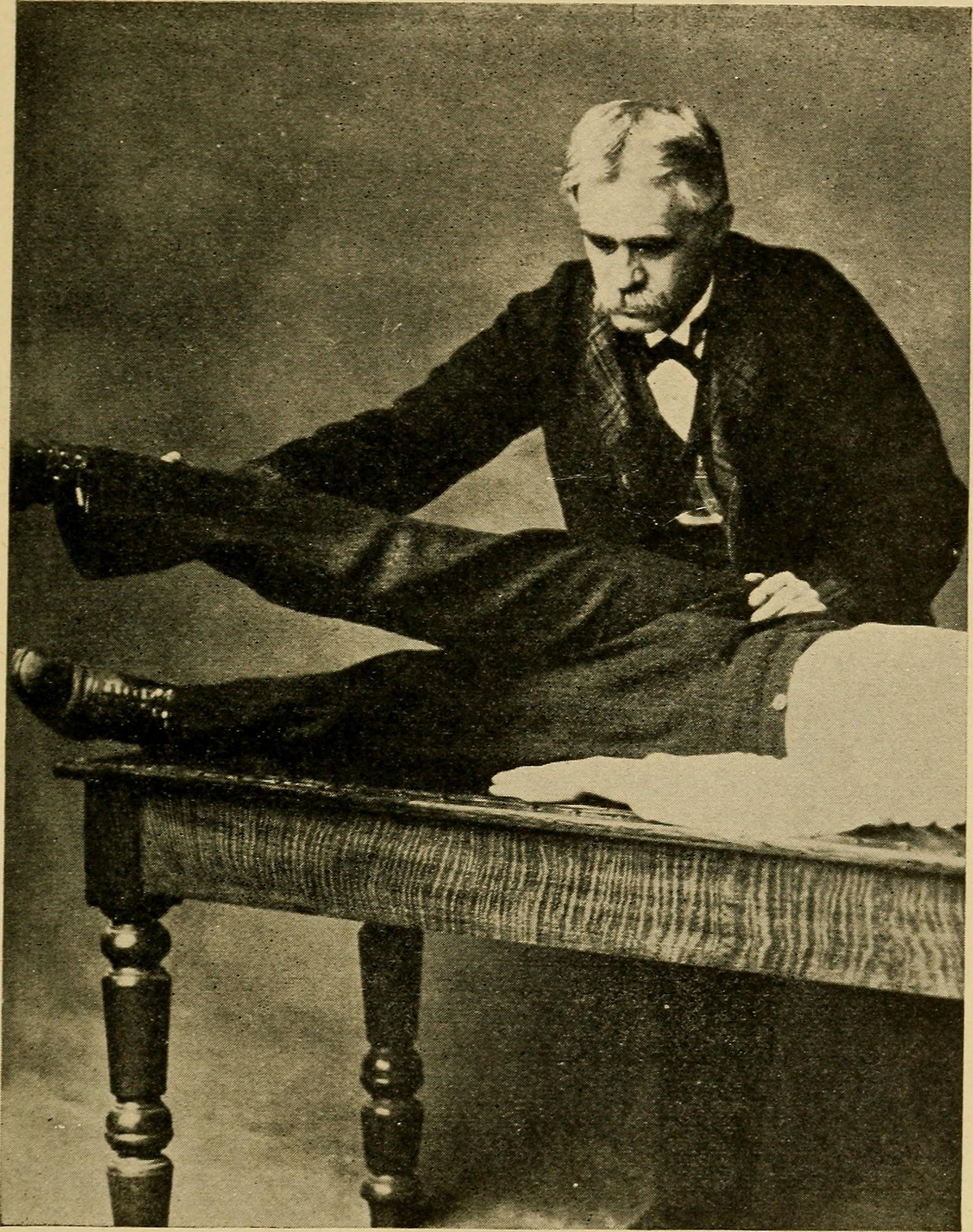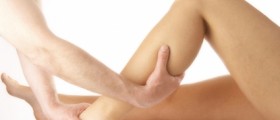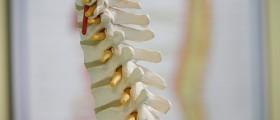
Many people mistakenly think that sciatica is a disorder or an illness, but it is in fact a symptom. The pain associated with sciatica is caused by a problem involving the sciatic nerve, for example herniated disc. Still, there are many ways sciatica or the pain can be treated at home, at least until the underlying cause is properly addressed and solved.
What is sciatica?
Sciatica is pain in the lower back that extends along the path of the sciatic nerve. This includes entire lower back, buttocks and parts of the legs. The pain is very uncomfortable and often persistent and present whether a person is resting or being physically active. The pain can be mild, aching, dull or sharp, sometimes resembling an electric shock.
Sciatica often includes muscle weakness or numbness, tingling and pins and needles in the foot.
This set of symptoms occurs when the sciatic nerve is pressed or irritated, due to various factors and underlying causes, which may include herniated disc, spinal stenosis, piriformis syndrome or problems with muscles, such as muscle ischemia. Sciatica can also be related to pregnancy or certain lifestyle habits, such as regular prolonged standing or sitting.
Home treatment for sciatica
Application of ice and heat is one of the best and readily available home treatments for sciatica. The ice, in form of ice packs, should be applied to the aching zone in the initial stages of sciatica, and heat is added afterwards, after the pain has somewhat subsided, to dilute the blood vessels and increase the oxygen flow to the area, which repairs the damaged tissues. People who often suffer from sciatica have found that alternating heat and ice is very helpful against the pain.
Ice can be applied using ice packs or massaging the area with ice cubes. However, it is very important to remove the ice as soon as the area becomes numb, otherwise there is a risk of getting a frostbite. As for the heat, it can be applied using a hot water bottle or a heating pad.
Pain associated with sciatica can be managed using over-the-counter analgesics. However, drugs should never be taken for too long and in large amounts, which is why it is better to try to alleviate the pain in some other way.
Stretching is believed to be helpful with sciatica, especially if it involves the piriformis muscle, through which or alongside which the sciatic nerve passes. This muscle is located in the buttocks.
Maintaining the pelvis balance has been very helpful to some sciatica sufferers. Pelvis balance can be achieved by laying down on the back and placing both hands under the back, where the belt is worn. If there is slightly more pressure to one hand than on the other, the pelvis is not balanced and the balance can be achieved by slightly shifting to the side with less pressure.
Generally speaking, movement and moderate physical activity are very beneficial against sciatica. This does not mean strenuous activity, simply walking at a moderate pace will do the trick.

















Your thoughts on this
Loading...